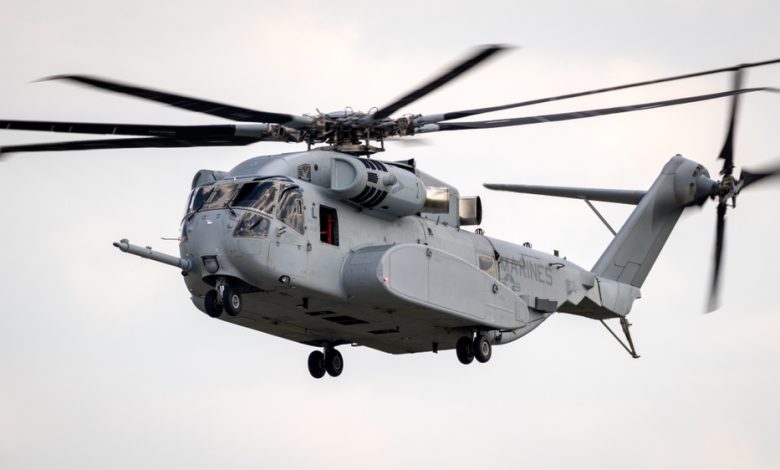
The 2007 Toyota Tacoma I own performs the tasks I need of it with remarkable ease and success. It picks up boards from the lumber yard, carries trash to the dump, transports me into town when my wife needs the car, and perhaps my favorite of all—expertly navigates us through long-abandoned, narrow logging roads that lead to some of my favorite (and secret) hunting and fishing locations. In short, my truck gives me everything I ask of it. My monthly payment is a whopping $0. Routine repairs and maintenance run anywhere from $500 to $2,000 a year.
Yet, sometimes I pause in admiration when I see a brand new 5.7 Liter Toyota Tundra or a Ford F-250 with its V8 engine and 48-gallon gas tank. They are beautiful, powerful machines, after all. And they fit some people’s purposes and budgets. For me, however, they would mean at least another $600 a month in payments, higher insurance and property taxes, and more gasoline. That’s thousands of dollars less per year for my family. Add to that these big trucks won’t make trips to the dump any more pleasant! And worst of all they would not be able to maneuver many of the narrow back-roads I ride (no more hunting and fishing my favorite spots!). So it’s not surprising that my occasional desires for one are fleeting. A quick reality check makes clear my Tacoma leaves more money in my pocket and my needs met.
Like with choosing a truck, a careful balance of need, capability, and cost should inform decisions on matters of public policy—where the stakes are higher and the money spent is the people’s. In the age of coronavirus and trillions of dollars in deficit spending, now is certainly not the time to add fuel to the debt fire by spending more money than we need to. And as an enormous supporter of a large, modern, and lethal American military, it gives me no pleasure in saying this principle must apply to our Department of Defense (DoD), too.
One area where DoD has not followed a model of spending taxpayer dollars wisely is its plan to purchase 200 CH-53K King Stallion helicopters. While the estimated cost per CH-53K continues to rise as production delays mount, it currently stands at over $135 million per helicopter, with some estimates being significantly higher. Purchasing 200 CH-53Ks could easily top $30 billion. By contrast, the CH-53E, the aging fleet the CH-53K is supposed to replace, cost tens of millions less per helicopter when they were built.
There have also been major delays in the CH-53K program, including failure to meet its goal of being operational in 2019. As laid out in the Air Force Times, delays caused by mechanical issues include “airspeed indication anomalies, low reliability of main rotor gearbox, hot gas impingement on aircraft structures, tail boom and tail rotor structural problems, overheating of main rotor dampers, fuel system anomalies, high temperatures in the #2 engine bay, and hot gas ingestion by the #2 engine, which could reduce available power.” The Pentagon’s testing office has listed these and other problems, too.
While the high price tag is well-established, there are also concerns with safety. The H-53 fleet of helicopters have a terrible safety record, some of which was outlined in the documentary film, Who Killed Lt. Van Dorn. Regarding the mishandling of an unsafe, aging fleet, Navy Captain Todd Flannery, an MH-53 commander, told Virginian-
Yet, the CH-53K shows signs it may be following in its predecessor’s footsteps with regard to safety. There is some speculation that this is due to the Marines holding on to a nostalgic image of serving our country through massive amphibious invasions like what was done in the Korean War or World War II—thus explaining the desire to replace the massive CH-53 with the massive CH-53K that could support such an assault. Some analysts, however, question whether such an invasion is likely to be needed again, whether it would be wise, and indeed whether it would even be possible. In the prestigious defense and foreign policy journal, The National Interest, Eugene K. Chow wrote, “Highly accurate missiles can now hit ships and landing craft while they are still hundreds of miles from shore, making it far too dangerous for Marines to storm a beach with their current capabilities.”
It is reasonable to ask, then, why the Pentagon is sticking with this program. Some experts have suggested the much less expensive Chinook helicopter could perform many of the missions intended for the CH-53K. And indeed, Senator James Inhofe of Oklahoma, Chairman of the U.S. Senate Armed Services Committee, has requested a study on a possible mix of platforms to meet DoD’s needs, a review which the Pentagon says is now underway.
Washington is still afflicted with its ‘Too Big to Fail’ mentality, though. Still, with its price tag, its safety concerns, its design delays, and its questionable need, the CH-53K presents policymakers with an opportunity to shift the paradigm. It is time to stop saying some things are too big to fail. Instead, we should cultivate a culture that recognizes when something is Too Big to Succeed.





Leave a Reply
Thank you for your response.
Please verify that you are not a robot.